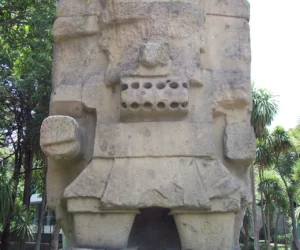The Monolith of Tlaloc: An Ancient Marvel The people of ancient Mesoamerica excelled in stonework. Their most famous creation is the Monolith of Tlaloc. This massive stone sculpture, found in the Barranca of Santa Clara, has sparked much debate. Some believe it represents Tlaloc, the Aztec rain god. Others argue it depicts Chalchiuhtlicue, his sister…
Ancient Artifacts
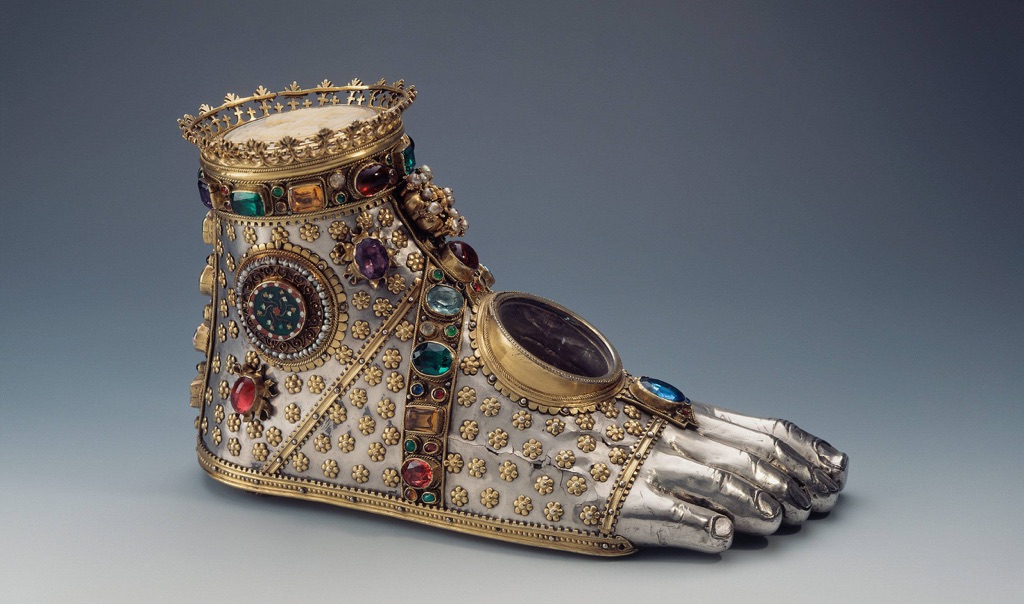
Moving to the East, ancient China artifacts like bronze vessels and oracle bones shed light on the rituals and governance of early Chinese dynasties. These artifacts highlight China’s long history of craftsmanship and written language. Similarly, ancient Egyptian artifacts are world-renowned, particularly for their funerary art, such as the treasures from King Tutankhamun’s tomb. These pieces reflect the Egyptians’ beliefs about death and the afterlife. Artifacts are not just old objects to be displayed in museums; they are keys to unlocking the secrets of human development across the ages. They preserve the ideas and values of people who lived thousands of years before us. Through careful study, they teach us about our collective history and heritage.
Among the most famous ancient artifacts in the world is the Rosetta Stone. Discovered in 1799, this granodiorite stele was the key to understanding Egyptian hieroglyphs—a script made of small pictures that was used originally in ancient Egypt for religious texts. The Rosetta Stone is inscribed with a decree issued at Memphis in 196 BC on behalf of King Ptolemy V. The decree appears in three scripts: the upper text is Ancient Egyptian hieroglyphs, the middle portion Demotic script, and the lower Ancient Greek. Because it presents essentially the same text in all three scripts, it provided the crucial link for scholars to decipher Egyptian hieroglyphs, thereby opening a window into ancient Egyptian history.
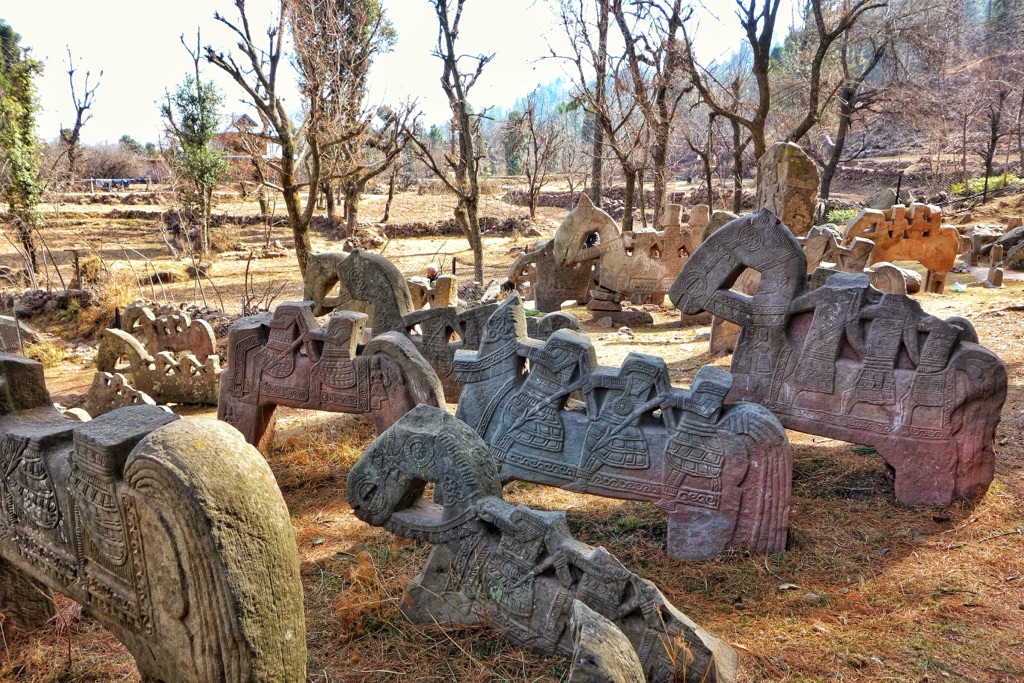
The title of the oldest artifact on earth goes to the stone tools found in Lomekwi 3, Kenya, which date back to 3.3 million years ago. These tools predate the earliest known humans and suggest that tool-making was a part of our pre-human ancestors’ way of life. These ancient tools mark a significant milestone in human evolutionary history, indicating the beginnings of technology and innovation. They are not just simple objects; they represent the dawn of human ingenuity and the very first steps towards the complex societies we have today.
An ancient artifact can be defined as any item made or used by humans in ancient times that has cultural, historical, or archaeological significance. These artifacts can range from monumental structures like the pyramids of Egypt to small, everyday objects like Roman coins. They can include items as diverse as weapons, clothing, and artwork. Each artifact, no matter its size or apparent significance, offers a glimpse into the lives of those who came before us, providing evidence of past behaviors, beliefs, and social structures.
Famous ancient artifacts not only include monumental finds like the Rosetta Stone or the treasures of Tutankhamun’s tomb but also the Terracotta Army of China, the Dead Sea Scrolls, and the Venus of Willendorf. The Terracotta Army, buried with the first Emperor of China, Qin Shi Huang, consists of thousands of life-sized figures meant to protect the emperor in the afterlife. The Dead Sea Scrolls, discovered in a series of caves near the Dead Sea, are ancient Jewish texts that offer invaluable insight into the history of Judaism and the early text of the Bible. The Venus of Willendorf, a small Paleolithic figurine discovered in Austria, dates back to about 28,000 BCE and is thought to represent fertility. Each of these artifacts, in its own way, has reshaped our understanding of human history, offering evidence of the complexity, diversity, and ingenuity of ancient civilizations.
List of Discovered Ancient Artifacts
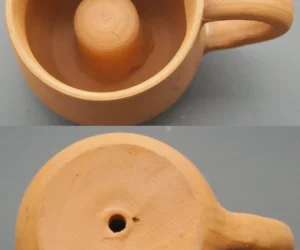
Pythagorean cup
The Pythagorean Cup: A Clever Device with a Surprising Secret The Pythagorean cup, also known as the Greedy Cup or the Cup of Justice, is a fascinating drinking vessel with a surprising secret. This seemingly ordinary cup holds a hidden mechanism that activates when filled beyond a designated point. Truth and Debunking: Pythagoras and the…
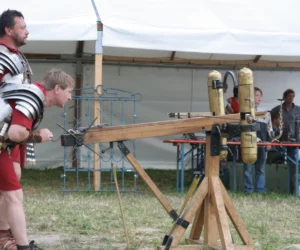
Scorpio (weapon)
The Scorpio: A Stinging Weapon of the Roman Arsenal The scorpio, also known as the scorpion due to its stinging nature, was a fearsome Roman torsion siege engine. It functioned primarily as artillery during sieges and field battles, striking fear into the hearts of enemies with its powerful projectiles. Origins and Design Variations The scorpio’s…
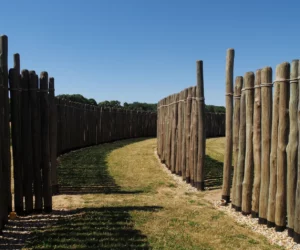
Goseck Circle
The Goseck Circle: A Glimpse into Early Neolithic Europe The Goseck Circle, also known as Sonnenobservatorium Goseck (Goseck Sun Observatory), is a significant Early Neolithic structure located in Goseck, Saxony-Anhalt, Germany. Renowned for being one of the earliest known circular enclosures in Central Europe, it offers a fascinating window into the lives and practices of…
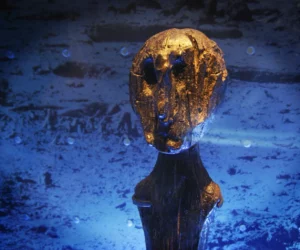
Dagenham idol
The Dagenham Idol: A Window into Prehistoric England The Dagenham Idol is a remarkable prehistoric statue discovered in 1922 by workers digging sewer pipes in Dagenham, East London. Dating back to around 2250 BC, this wooden figure represents one of the oldest human depictions ever found in England. Description and Significance Carved from Scots pine,…
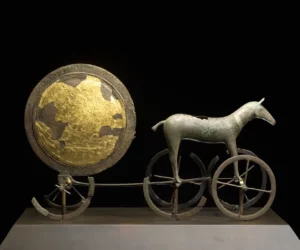
Trundholm Sun Chariot
A Glimpse into Bronze Age Nordic Art The Trundholm sun chariot is a fascinating artifact from the Nordic Bronze Age. Discovered in Denmark, this bronze statue of a horse and a large disk represents a sun chariot. Let’s explore its discovery, description, and significance in various mythologies. Discovery of the Trundholm Sun Chariot In 1902,…

